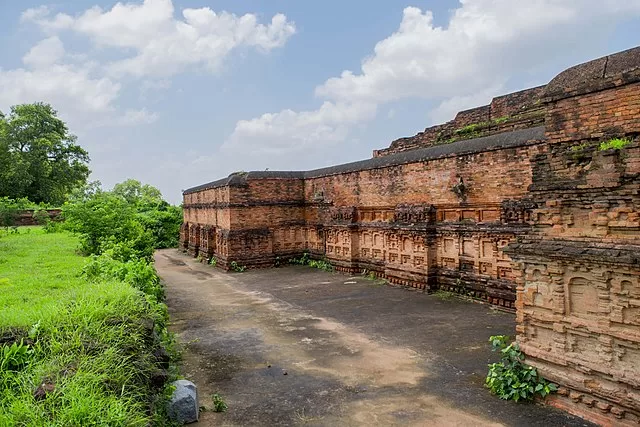Nalanda, an ancient center of learning and intellectual prowess, stands as a testament to the rich cultural heritage of India. Located in present-day Bihar, this historical site is a treasure trove of knowledge and wisdom from the past. In this article, we will delve into the fascinating history, significance, and enduring legacy of Nalanda, uncovering its invaluable contributions to education and human progress.
The Birth of Nalanda
Nestled within the Ganges valley, Nalanda was founded during the Gupta dynasty, around the 5th century CE. It emerged as a Buddhist monastery and a prominent learning center. Initially, Nalanda served as a sacred ground for spiritual pursuits, but it soon transformed into an eminent academic institution.
A Hub of Knowledge
1 The Rise of Nalanda University
Under the patronage of various rulers, Nalanda University flourished and expanded in both size and prestige. It became a hub for scholars, attracting students and intellectuals from across the world.
2 The Curriculum
Nalanda offered a comprehensive curriculum, covering various disciplines like philosophy, theology, linguistics, medicine, astronomy, mathematics, and more. The university’s library, with its vast collection of manuscripts, made it an intellectual paradise.
Scholars and Teachers

1 Eminent Personalities at Nalanda
Throughout its existence, Nalanda boasted renowned scholars and teachers who imparted knowledge to countless eager minds. Names like Nagarjuna, Aryadeva, Vasubandhu, and Dharmapala are etched in the annals of history.
2 The Pedagogical Approach
Teachers at Nalanda followed a unique approach to education. They encouraged interactive discussions and debates, promoting critical thinking and fostering intellectual growth.
Cultural Exchange and Influence

1 International Students at Nalanda
The fame of Nalanda University transcended borders, attracting scholars from China, Korea, Tibet, and Central Asia. This led to a vibrant cultural exchange and the spread of knowledge far beyond India’s boundaries.
2 Nalanda’s Impact on Asia
The knowledge disseminated from Nalanda influenced various Asian civilizations, leaving an indelible mark on their cultural, religious, and philosophical practices.
The Decline of Nalanda

1 Turmoil and Destruction
In the 12th century, Nalanda faced a series of invasions, leading to its eventual decline and destruction. The once-thriving institution fell victim to historical events that shook the region.
2 Rediscovery and Archaeological Findings
The ruins of Nalanda lay forgotten for centuries until archaeologists rediscovered them in the 19th century. Today, they provide invaluable insights into the ancient world of learning.
Conclusion
Nalanda, with its illustrious past, remains an enduring symbol of intellectual excellence and cultural exchange. Its legacy as a center of knowledge continues to inspire generations, emphasizing the timeless pursuit of education and wisdom.
FAQs
1. What is Nalanda famous for?
Nalanda is renowned worldwide for being one of the oldest and most prestigious ancient universities in the world. It was a major center for learning and attracted students from all over Asia.
2. When was Nalanda University established?
Nalanda University was established around the 5th century CE and flourished until the 12th century before being destroyed.
3. What subjects were taught at Nalanda?
Nalanda offered a wide range of subjects including Buddhist studies, logic, grammar, medicine, astronomy, and philosophy.
4. Can I visit Nalanda today?
Yes! The ruins of Nalanda University are located in Bihar, India, and are a popular archaeological and tourist site, reflecting the grandeur of ancient Indian education.
5. Why did Nalanda University decline?
Nalanda declined due to invasions, particularly by Bakhtiyar Khilji in the 12th century, which led to the destruction of the university and the loss of its vast knowledge repository.


